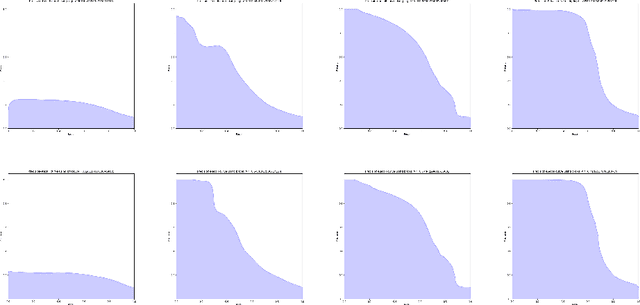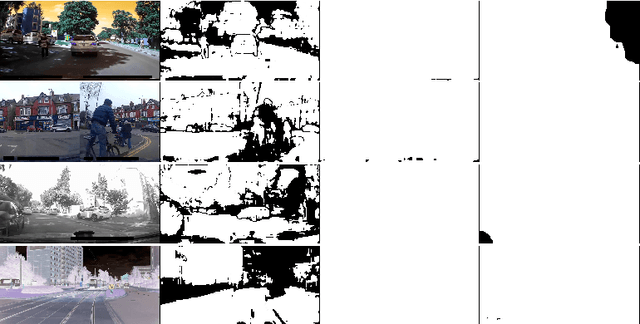Discriminative out-of-distribution detection for semantic segmentation
Paper and Code
Oct 01, 2018



Most classification and segmentation datasets assume a closed-world scenario in which predictions are expressed as distribution over a predetermined set of visual classes. However, such assumption implies unavoidable and often unnoticeable failures in presence of out-of-distribution (OOD) input. These failures are bound to happen in most real-life applications since current visual ontologies are far from being comprehensive. We propose to address this issue by discriminative detection of OOD pixels in input data. Different from recent approaches, we avoid to bring any decisions by only observing the training dataset of the primary model trained to solve the desired computer vision task. Instead, we train a dedicated OOD model which discriminates the primary training set from a much larger "background" dataset which approximates the variety of the visual world. We perform our experiments on high resolution natural images in a dense prediction setup. We use several road driving datasets as our training distribution, while we approximate the background distribution with the ILSVRC dataset. We evaluate our approach on WildDash test, which is currently the only public test dataset that includes out-of-distribution images. The obtained results show that the proposed approach succeeds to identify out-of-distribution pixels while outperforming previous work by a wide margin.
 Add to Chrome
Add to Chrome Add to Firefox
Add to Firefox Add to Edge
Add to Edge